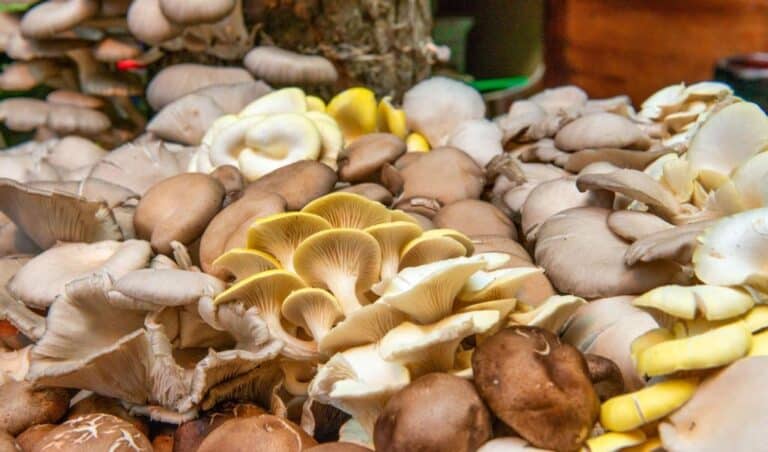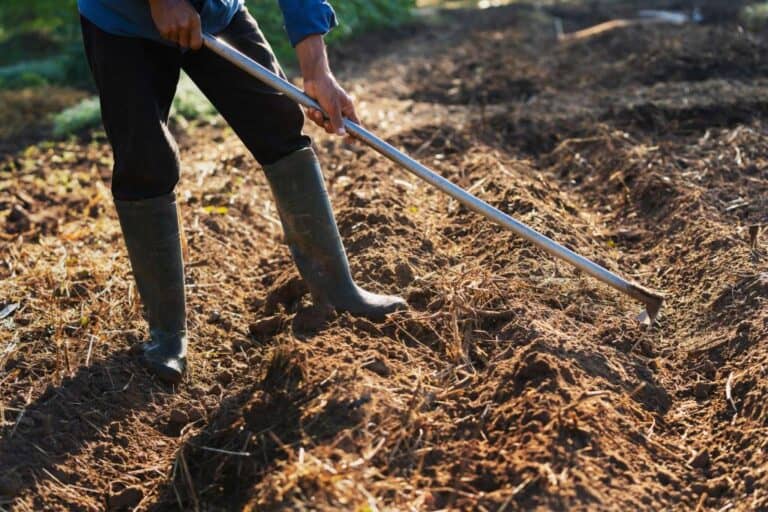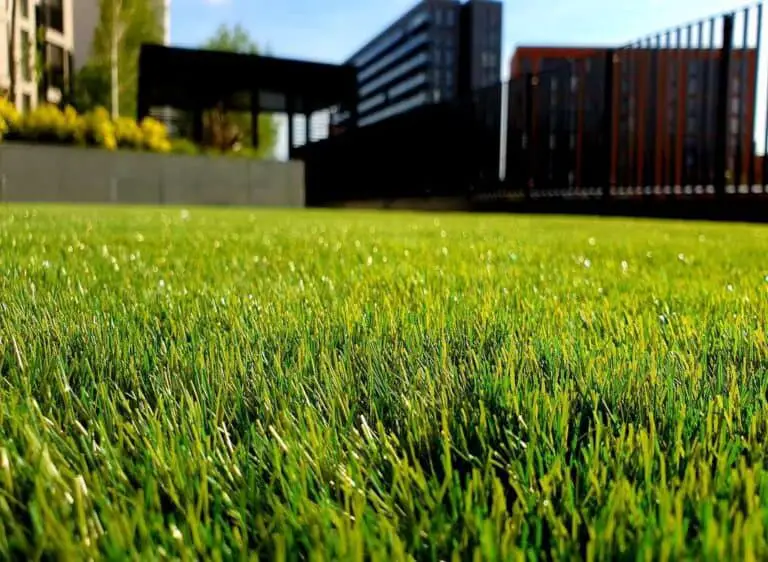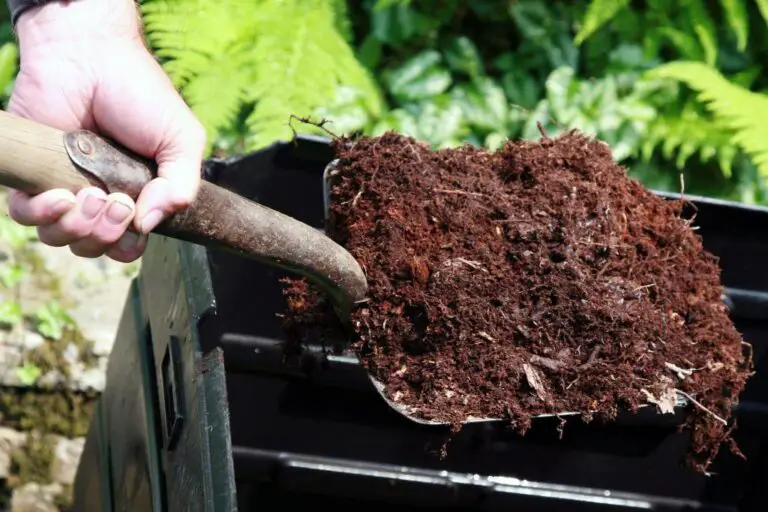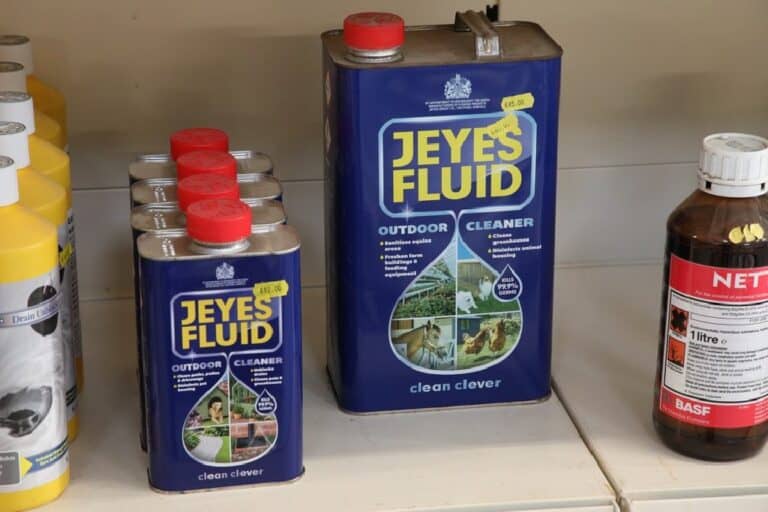Say Goodbye to Weeds: How To Sterilize Soil To Kill Weeds
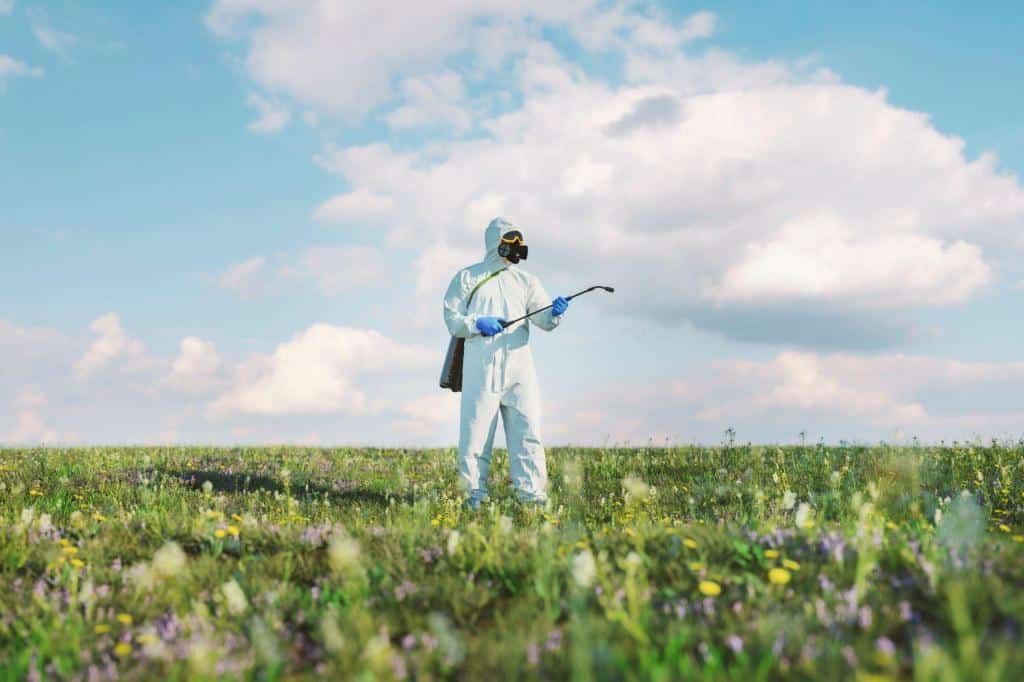
Tired of battling those relentless garden invaders? Are pesky weeds constantly threatening to choke the life out of your beautiful plants? Fret not, for we have a green-thumb game-changer for you!
Imagine a weed-free paradise, where your beloved plants can flourish without the ruthless competition of unwanted intruders. Soil sterilization is the secret weapon that can make this dream a reality.
In this comprehensive guide, we’ll take you on a horticultural journey, revealing how to sterilize soil to eliminate weeds and unlock your garden’s true potential. Learn the most effective methods to render your soil a hostile environment for those persistent nuisances. Get ready to unleash the beauty of your garden like never before!
Understanding the Importance of Soil Sterilization
Before we delve into the techniques, it’s crucial to grasp why soil sterilization is so important. Soil is the lifeblood of your garden, providing essential nutrients and a nurturing environment for your plants. However, it can also harbor unwanted elements that hamper the growth of your plants, such as weeds, harmful pests, and disease-causing pathogens.
Weeds, in particular, are tenacious invaders that compete with your plants for nutrients, water, and sunlight, stunting their growth. Traditional weeding methods, like pulling or spraying weeds, may only offer temporary relief, as weed seeds and root fragments can remain in the soil, ready to sprout again. This is where soil sterilization comes to the rescue; it eradicates these persistent nuisances, giving your plants a healthier and weed-free space to flourish.
Read: What Is the Difference Between Sterilized and Unsterilized Soil?
Understanding Weeds and Their Impact on Soil Health
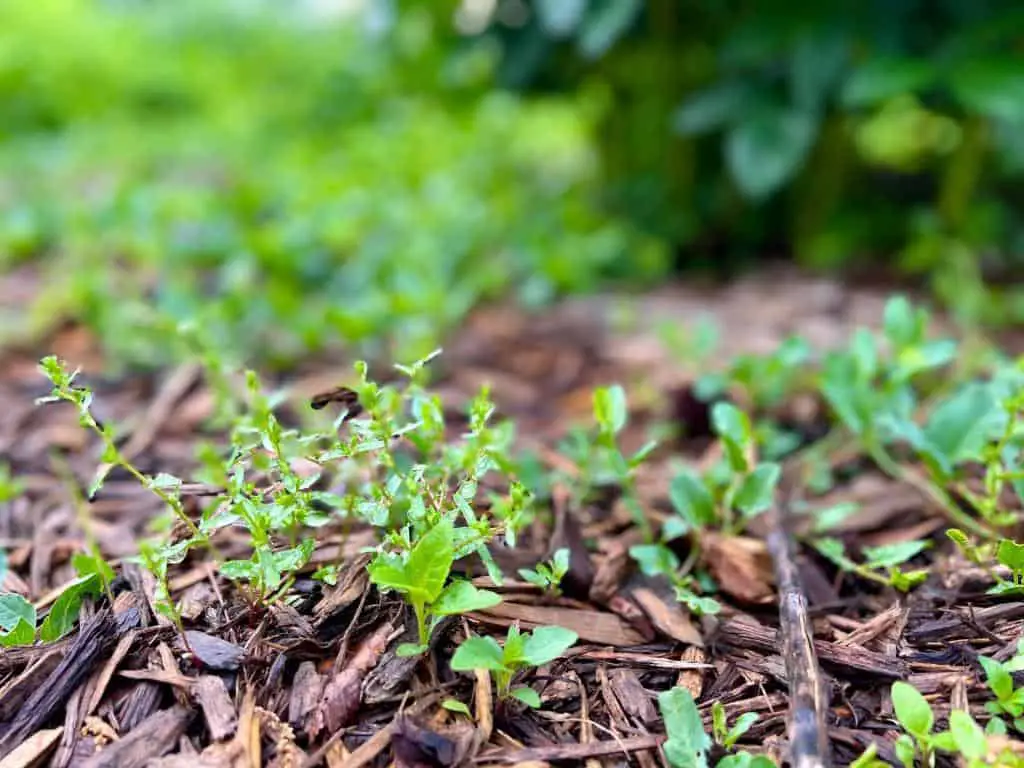
When it comes to gardening, an uninvited guest often makes its presence known – the dreaded weeds. These unwanted plants are relentless intruders that thrive in cultivated areas, challenging crops for the precious resources they need to grow.
With an uncanny ability to multiply rapidly, weeds can quickly spread like wildfire, wreaking havoc on soil health and sabotaging the growth of cherished crops. Their impact on the soil is profound and far-reaching, altering its very structure and disrupting crucial processes like water infiltration and drainage.
One of the main concerns with weeds is their chemical warfare tactics. As they take root in the soil, they release harmful chemicals into their surroundings, suppressing the growth of neighboring plants. It’s a botanical battle for survival, and unfortunately, it’s the desirable plants that suffer the consequences. The once vibrant garden transforms into a battleground of competition, and unless timely intervention is taken, the results can be devastating.
To maintain a fertile and productive environment for plants to thrive, timely weed control is of the utmost importance. By curbing the relentless spread of weeds, we safeguard vital nutrients and resources in the soil, preventing soil nutrient depletion and preserving the delicate balance that nurtures plant growth.
The table below highlights the adverse effects of weeds on soil health and the imperative need for timely weed control:
| Impact of Weeds on Soil Health | Importance of Timely Weed Control |
| Alters soil structure | Preserves soil nutrients and resources |
| Reduces water infiltration and drainage | Ensures fertile and productive environment |
| Releases harmful chemicals | Safeguards delicate balance for plant growth |
How To Sterilize Soil To Kill Weeds: 3 Different Methods
There are several effective methods of soil sterilization, each with its own advantages and suitable scenarios. Let’s explore these methods:
1. Steam Sterilization
Steam sterilization is a natural and chemical-free soil sterilization technique that effectively kills weed seeds, pests, and pathogens. This method involves using steam to raise the soil temperature to lethal levels, eliminating unwanted organisms. It’s a popular choice for small to medium-sized garden plots.
How to Steam Sterilize Soil:
- Prepare the Soil: Loosen the soil and remove any visible debris, such as weeds and plant remains.
- Moistening the Soil: Add enough water to thoroughly moisten the soil. It should be damp but not waterlogged.
- Steam Application: Using a portable soil steamer, apply steam evenly across the soil surface. Ensure the temperature reaches at least 180°F (82°C) for effective sterilization.
- Monitor the Process: Keep an eye on the temperature using a soil thermometer and maintain the required temperature for the recommended duration.
- Cooling Period: After sterilization, allow the soil to cool down before planting, as hot soil can harm your plants.
2. Solarization
Soil solarization is an eco-friendly method that uses the sun’s heat to eliminate pests, diseases, and weed seeds. It’s best suited for warm climates with abundant sunlight.
How to Solarize Soil:
- Prepare the Soil: Similar to steam sterilization, clear the soil of any debris and loosen it up.
- Moistening the Soil: Thoroughly water the soil, ensuring it’s evenly damp.
- Clear Plastic Covering: Cover the prepared soil with clear plastic, sealing the edges to trap heat effectively.
- Sun Exposure: Leave the plastic cover in place for 4 to 6 weeks during the hottest months of the year. The sun’s heat will raise the temperature, effectively sterilizing the soil.
- Uncover and Plant: Once the solarization period is over, remove the plastic cover, and your weed-free soil is ready for planting.
3. Chemical Sterilization
Chemical sterilization involves using chemicals to eliminate pests, weeds, and pathogens. This method is more commonly used in large-scale agriculture but can be challenging for home gardeners due to the potential environmental impact and health concerns.
WARNING![]()
Chemical sterilization should be approached with caution due to its potential risks to the environment and human health. It’s essential to carefully follow the instructions provided by the manufacturer and consider alternative methods if possible.
Time and Temperature Considerations for Successful Soil Sterilization
Both chemical and organic soil sterilization methods require careful consideration of time and temperature to ensure effective weed eradication without harming the soil’s beneficial organisms.
For chemical soil sterilization, carefully follow the manufacturer’s instructions for the herbicide of choice. Pay attention to the recommended application rates and exposure times to achieve the desired results while minimizing the environmental impact.
When using organic methods like soil solarization, the duration and effectiveness of the treatment depend on factors such as:
- Geographic location and climate: Solarization is most effective in warm, sunny regions where soil temperatures can reach high levels.
- Soil moisture content: Adequate soil moisture is crucial to ensuring heat penetration and uniform sterilization.
- Duration of exposure: The longer the soil remains covered with the transparent polyethylene sheet, the more effective the weed control will be.
It’s essential to monitor the soil temperature throughout the sterilization process to ensure it reaches lethal levels for weed seeds and pathogens while avoiding damage to the soil structure.
Is Soil Sterilization Necessary for Weed Control in Gardening and Agriculture?
The answer lies not in a definitive yes or no but rather in a thoughtful consideration of various factors.
For small gardens nestled in the nooks and crannies of urban landscapes, soil sterilization may not always be the go-to solution for weed control. Instead, a simpler approach involving regular weeding and strategic mulching can work wonders as preventive measures.
Weeding, with its hands-on, grassroots effort, allows gardeners to remove weeds as soon as they sprout, preventing them from taking over precious garden real estate. Additionally, a protective layer of mulch not only deters weed growth but also conserves soil moisture, making it a win-win for your cherished plants.
Yet, when we step into the vast fields of large-scale agriculture or find ourselves grappling with persistent weed problems, the narrative takes a turn. Here, the need for soil sterilization emerges as a valuable tool in the gardener’s arsenal. Through soil sterilization, the battlefield of weeds can be leveled, offering a clean slate for sowing crops without relentless competition for resources.
The table below presents a comparison of the effectiveness of different weed control methods:
| Weed Control Method | Effectiveness | Suitable for |
| Regular Weeding | Effective for small gardens and urban spaces | Small-scale gardens |
| Strategic Mulching | Preventive measure with moisture conservation | Various settings |
| Soil Sterilization | Effective for large-scale agriculture and persistent weed problems | Large-scale agriculture |
Integrated Weed Management Strategies
While soil sterilization is a valuable weed control tool, it is even more effective when integrated into a comprehensive weed management strategy. Integrated Weed Management (IWM) combines various practices to address weed problems sustainably and reduce reliance on any single method. Some key components of an IWM strategy include:
- Crop Rotation: Alternating crops between growing seasons can help disrupt the life cycles of specific weeds, reducing their overall prevalence.
- Mulching: Mulching garden beds and agricultural fields with organic materials like straw or wood chips can help suppress weed growth while retaining soil moisture and improving soil health.
- Hand Weeding: Regularly inspecting and manually removing weeds can prevent their proliferation and contribute to a cleaner planting environment.
- Cover Crops: Planting cover crops during fallow periods can smother weeds, enhance soil structure, and add nutrients when incorporated into the soil.
- Mechanical Weed Control: Utilizing tools such as hoes, cultivators, or flame weeders can be effective for removing weeds without the use of chemicals.
By incorporating these practices alongside soil sterilization, gardeners and farmers can create a more sustainable, resilient weed management approach.
Learn: Does Roundup Sterilize the Soil or Poison the Ground?
Safety Precautions and Environmental Impact
When implementing soil sterilization methods, it’s crucial to prioritize safety and be aware of potential environmental impacts. Here are some safety precautions to consider:
- Personal Protective Equipment (PPE): Always wear appropriate PPE when handling chemicals or using equipment like steam generators. This may include gloves, eye protection, and a respirator, depending on the method.
- Herbicide Handling: If using chemical soil sterilization, follow the manufacturer’s guidelines for safe herbicide handling, storage, and disposal.
- Environmental Considerations: Be mindful of the potential impacts on non-target plants, wildlife, and beneficial insects. Avoid using chemical sterilization near water bodies to prevent contamination.
- Sustainable Practices: Whenever possible, opt for organic soil sterilization methods like solarization to minimize environmental harm.
Conclusion
In conclusion, sterilizing soil to kill weeds is a fundamental practice for maintaining healthy and productive gardens and farms. By understanding the different methods available, from chemical approaches to organic techniques like soil solarization, gardeners and farmers can make informed decisions on the most suitable approach for their specific needs.
Whether choosing to employ chemical or organic methods, weed control through soil sterilization plays a vital role in creating thriving, weed-free environments for our plants to flourish.
Saying goodbye to weeds and reclaiming control over your garden starts with proper soil sterilization. Implementing best practices for sterilizing soil to kill weeds is a proactive and effective approach to maintaining a weed-free environment for your plants to thrive.
Soil disinfection for weed elimination is a powerful technique that ensures a clean slate for your garden beds. By eradicating weed seeds and harmful organisms from the soil, you create a favorable environment for your desired plants to grow strong and healthy.
Another innovative approach is the use of UV light therapy for weed suppression in the ground. This natural and eco-friendly method disrupts weed growth, preventing their relentless spread in your garden.
FAQs on Guide to Soil Sterilization
What is the best way to sterilize soil to kill weeds?
Steam sterilization is considered one of the best methods to kill weeds and other unwanted organisms in the soil. Using a soil steamer, raise the soil temperature to at least 180°F (82°C) for effective weed eradication. This natural and chemical-free technique ensures a weed-free environment for your plants to thrive.
Can I use boiling water to sterilize the soil and kill weeds?
While boiling water can help kill some weeds on the soil surface, it may not penetrate deep enough to eliminate weed seeds and roots effectively. For thorough soil sterilization, opt for steam or solarization methods that ensure a more comprehensive weed eradication.
How long does it take to sterilize soil using steam treatment?
The time required for steam sterilization depends on factors such as soil moisture and the size of the area. Generally, it takes around 30 minutes to 1 hour to sterilize soil effectively using steam treatment.
Can I reuse sterilized soil for planting immediately?
After soil sterilization, it’s essential to allow the soil to cool down before planting. Hot soil can damage the roots of your plants. Once the soil has cooled, it’s safe to reuse it for planting.
Can I use household bleach for soil sterilization, and is it effective?
Household bleach is not recommended for soil sterilization. It can be harmful to beneficial microorganisms and may not effectively eliminate weed seeds and pests. Stick to natural methods like steam or solarization for safer and more reliable results.
How often should I sterilize my garden soil to prevent weed growth?
The frequency of soil sterilization depends on your specific garden’s needs. In most cases, a one-time sterilization before planting season should suffice. Preventative measures like mulching, regular weeding, and putting mulch over weeds, can help maintain weed control afterward.
Does soil sterilization eliminate all pests and diseases, or should I use additional measures?
While soil sterilization can significantly reduce pests and diseases, it may not eliminate them entirely. Additional measures, such as using disease-resistant plant varieties and practicing good garden hygiene, are advisable for comprehensive pest and disease control.
What are some natural herbicides I can use for chemical soil sterilization?
Natural herbicides like vinegar, lemon juice, or saltwater solutions can be used for chemical soil sterilization. However, be cautious with their application, as excessive use can harm beneficial soil organisms and affect plant growth.
Can I use soil sterilization to revive a weed-infested garden?
Soil sterilization can indeed help revive a weed-infested garden by eliminating weeds and providing a fresh start. After sterilization, replanting with desired vegetation and adopting preventative measures can help maintain a weed-free and thriving garden.


